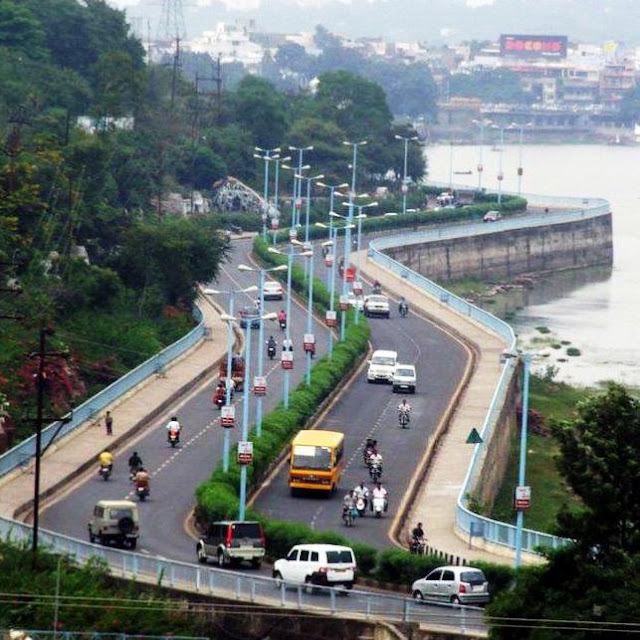The most impressive structure in Bhopal is the Taj-ul-Masjid, one of the largest and most elegant Muslim mosques in India. One of the largest and most elegant Muslim mosques, Taj-ul-Masjid is the most imposing structure in Bhopal. The literal meaning of the term Taj-ul-Masjid is ‘The Crown of Mosques’ A benefaction from Shah Jahan Begum,The Taj-ul-Masajid is one of Asia’s largest mosques. However, the monument was never completed due to lack of money, and after a long lay-off, construction was resumed in 1971.
The mosque is one of the most important Muslim landmarks in the city of Bhopal, and is multi-purpose as it is used as a madarsa, an Islamic religious school during the day. Bhopal also is home to the Dhai Seedi ki Masjid, which, as opposed to the above, is probably one of the tiniest mosques in Asia! Worth a visit to satisfy your curiosity! Outside its northern wall, you are again overwhelmed by the vast expanse of water in the tank here.
The monument also has three huge bulbous domes, an impressive main hallway with attractive pillars, marble flooring and a spacious courtyard. The mosque is one of the most important landmarks in the city of Bhopal, and is multi-purpose as it is used as a madarsa (Islamic religious school) during the day. The annual three-day Ijtima congregation held here attracts people from all over. The mosque also has three huge bulbous domes, an impressive main hallway with attractive pillars, marble flooring and a spacious courtyard. Must a visit site.
.
















